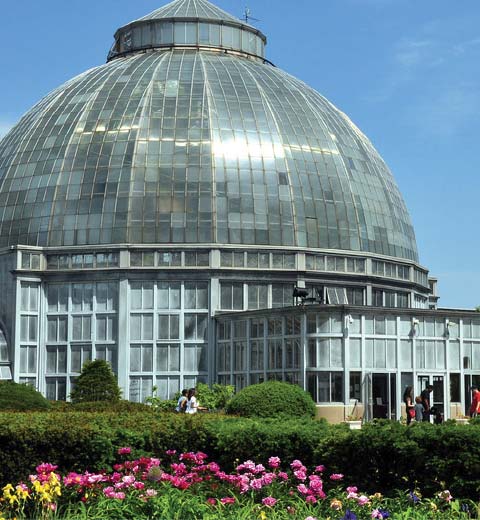


Created in 1998 to provide financial support and recognition to individuals and groups seeking to preserve historic Michigan architecture, the grant is for “bricks and mortar” projects.
Ralph and Jeanne Graham and Carl Roehling founded the award to honor David Evans, FAIA, a talented and generous preservation architect. Since its founding, the award has been granted to preservation projects throughout Michigan. Today, $25,000 is granted annually by a jury based on the merits of the project. The application period starts the first of the new year and submissions are due by March 17th of the same year.
For more information, contact Carl Roehling:
Criteria for Selection
Creativity
The project demonstrates a creative solution to a preservation problem that includes both environmental sustainability and economic model that will extend the building’s life.Community
The final result must benefit the community with which it resides aesthetically and functionally. It should increase the visibility of historic preservation and be an educational influence. It should be impactful.Quality
The project should be an example of preservation excellence in process and principles. It must be a model for others to follow.Project Requirements
Requirements
Application Requirements
It is the intent of the jury to make the submission as efficient and succinct as possible to save time for applicants. The quality of the submission is more important than the quantity of exhibits. To that end, applicants should submit their project in conformance with the following outline.1. Cover Letter (1 page)
The letter should include; name of the project, name of the organization, confirmation of IRS status, name of contact person, contact information, and a paragraph summarizing how the project addresses the three criteria for the award.2. Project Team (1 page)
Brief description and history of the organization. Project leaders from the organization. List of professionals and contractors involved in the project and their roles. Name of AIAM member involved and their role.3. Project Description (2 pages)
Answer the following questions:4. Project Exhibits (4 pages maximum)
Provide the graphic information that is most important to the case for the award. This may include photographs, renderings, plans or details that describe the project and its creativity, quality and benefits to the community.APPLICATION PROCESS
Process
Individuals or organizations will submit an PDF application and exhibits by email to Carl Roehling FAIAE, at cdroehling@gmail.com starting February 1 of the application year. Submissions must be received by March 17th of the same year to be eligible. The Evans Graham Preservation Award Jury will deliberate and select the recipient in April. The successful applicant will be notified immediately thereafter.Evans Graham Jury
Evans Graham Jury
Jurors are available to provide consulting to applicants on the submission. If applicants would like to engage with a juror, contact Carl Roehling for assignment. Park Smith, AIA – Chair Carl Roehling, FAIAE – Vice Chair* Ron Campbell, AIA Randy Case, AIA* Nancy Finegood* Annie West Graham Bill Graham Elisabeth Knibbe, FAIA* Jackie Hoist, AIA* Gene Hopkins, FAIA* Jessica Quijano, AIA Jennifer Radcliff, Honorary AIA Ilene Tyler, FAIA* Note: asterisk* indicates available for application consultingPRO BONO PROJECT CONSULTATION
